Virtualization tools allow users to run multiple operating systems on a single machine without dual-boot systems. Among the numerous virtualization programs available, Oracle’s VirtualBox has gained popularity due to its user-friendly nature and free distribution. However, there may be better options for some. This article will discuss VirtualBox and six alternative virtualization tools worth considering.
VirtualBox: A free and user-friendly Virtualization Tool
VirtualBox, a free and open-source solution provided by Oracle, allows users to create and manage virtual machines running various operating systems.
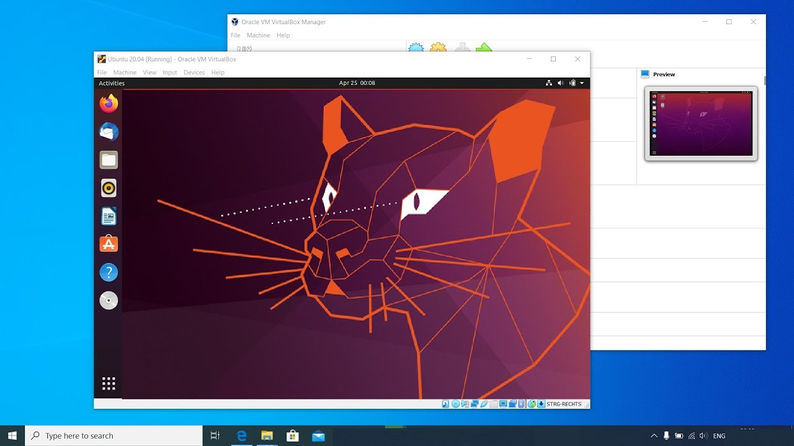
Some of its notable features include:
- Ease of use: VirtualBox’s user interface is straightforward, making it easy for users to create and manage virtual machines.
- Cross-platform compatibility: It supports various host and guest operating systems, including Windows, macOS, Linux, and Solaris.
- Snapshot functionality: VirtualBox enables users to take snapshots of their virtual machines, allowing them to revert to a previous state if needed.
- USB device support: Users can connect USB devices to their virtual machines, facilitating data transfer between the host and guest operating systems.
Despite its advantages, VirtualBox may only sometimes be the best option due to potential performance issues and the lack of features offered by other (often paid) alternatives.
Alternatives to VirtualBox
The following section will discuss six alternative virtualization tools that may be better suited for some users in comparison to VirtualBox.
VMware Workstation Pro
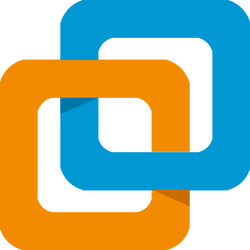
With that in mind, VMware Workstation Pro is a great option for users who need some more corporate-level features and support. Among the most useful features are:
- Running large VMs (up to 32 vCPUs and 128 GB of RAM)
- Convert the current PC into a virtual machine
- Provide options for mass deployments
- One-click SSH to Linux VMs
- Unity View Mode for Windows
- Large graphics memory of up to 8 GB
- 3D graphics with DX11 and OpenGL 4.3 support
- 4K, 5K and Retina display support
- A virtual TPM 2.0 module, with UEFI Secure Boot support
VMware Fusion
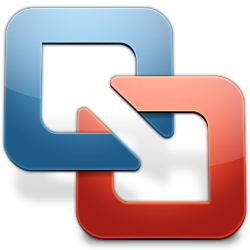
The software offers intuitive features like drag-and-drop file transfer and copy-pasting text between guest and host operating systems, ensuring a fluid user experience. Additionally, its support for integrated GPUs on Intel-based Macs makes it suitable for graphics-intensive tasks. Additionally, it overlaps quite a lot with the features of VMware Workstation Pro, but tailored for macOS users.
Microsoft Hyper-V
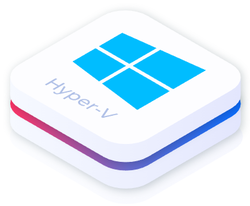
The core piece of Hyper-V is that it is a type 1 hypervisor, meaning that it runs directly on the hardware: it’s a very lightweight solution and very fast. However, it’s only available on Windows.
Additionally, there are some requirements to run Hyper-V:
- Windows 10 Enterprise, Pro, or Education, and above.
- 64-bit Processor with Second Level Address Translation (SLAT).
- CPU support for VM Monitor Mode Extension (VT-c on Intel CPUs).
- Minimum of 4 GB memory.
You can enable Hyper-V through 3 different options. The first is to use the PowerShell command:
Enable-WindowsOptionalFeature -Online -FeatureName "Microsoft-Hyper-V" -All
The second is to use cmd and run the following command:
DISM /Online /Enable-Feature /All /FeatureName:Microsoft-Hyper-V
And the last one is through point-and-click in your computer settings:
- Right click on the Windows button and select “Apps and Features”.
- Select “Programs and Features” on the right under related settings.
- Select “Turn Windows Features on or off”.
- Select “Hyper-V” and click OK.
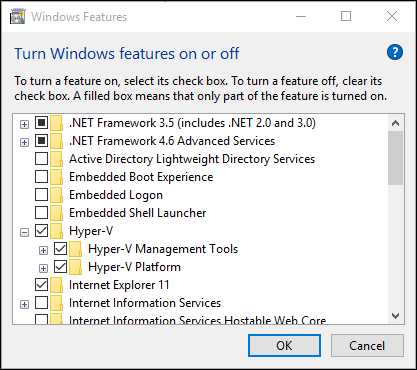
QEMU
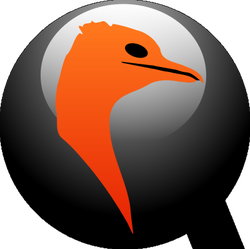
When paired with KVM (Kernel-Based Virtual Machine) or Xen, QEMU can run virtual machines almost as fast as they would natively on the hardware, mimicking the performance of a Type-1 Hypervisor. Its compatibility with a wide range of hardware and operating systems makes it a valuable option for users seeking extensive virtualization capabilities.
QEMU is supported on Linux, macOS, and Windows. Installing it , however, might be a bit more complicated than other options and might require a bit of experience compiling programs from source. You can also use your package manager to install QEMU, but keep in mind it might not be as up-to-date as the official website.
Parallels Desktop
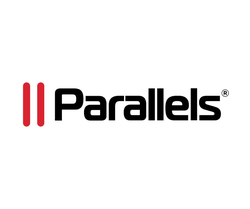
The first Parallels program came out in June 2006 and was called Parallels Workstation. But later, they changed the name to Parallels Desktop for Mac. This happened because Mac users didn’t like the old name. They thought it sounded more like a Windows thing than a Mac thing. Since then, it’s one of the favorite virtualization programs for Mac users due to its tight integration with macOS.
KVM (Kernel-Based Virtual Machine)
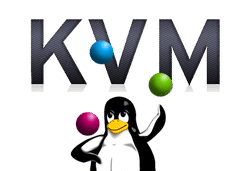
KVM is included in Linux. If you have Linux 2.6.20 or a more recent version, you already have KVM. KVM was first revealed in 2006 and became a part of the main Linux kernel version one year later. Since KVM is a part of the existing Linux code, it quickly gains from all the new Linux features, improvements, and fixes without needing extra work.
KVM turns Linux into a type-1 (bare-metal) hypervisor. Each VM is managed by the standard Linux scheduler and works as a normal Linux process. They come with dedicated virtual hardware like a network card, graphics adapter, CPU(s), memory, and storage.
Using KVM will require you to use the user components from QEMU, documented above.


